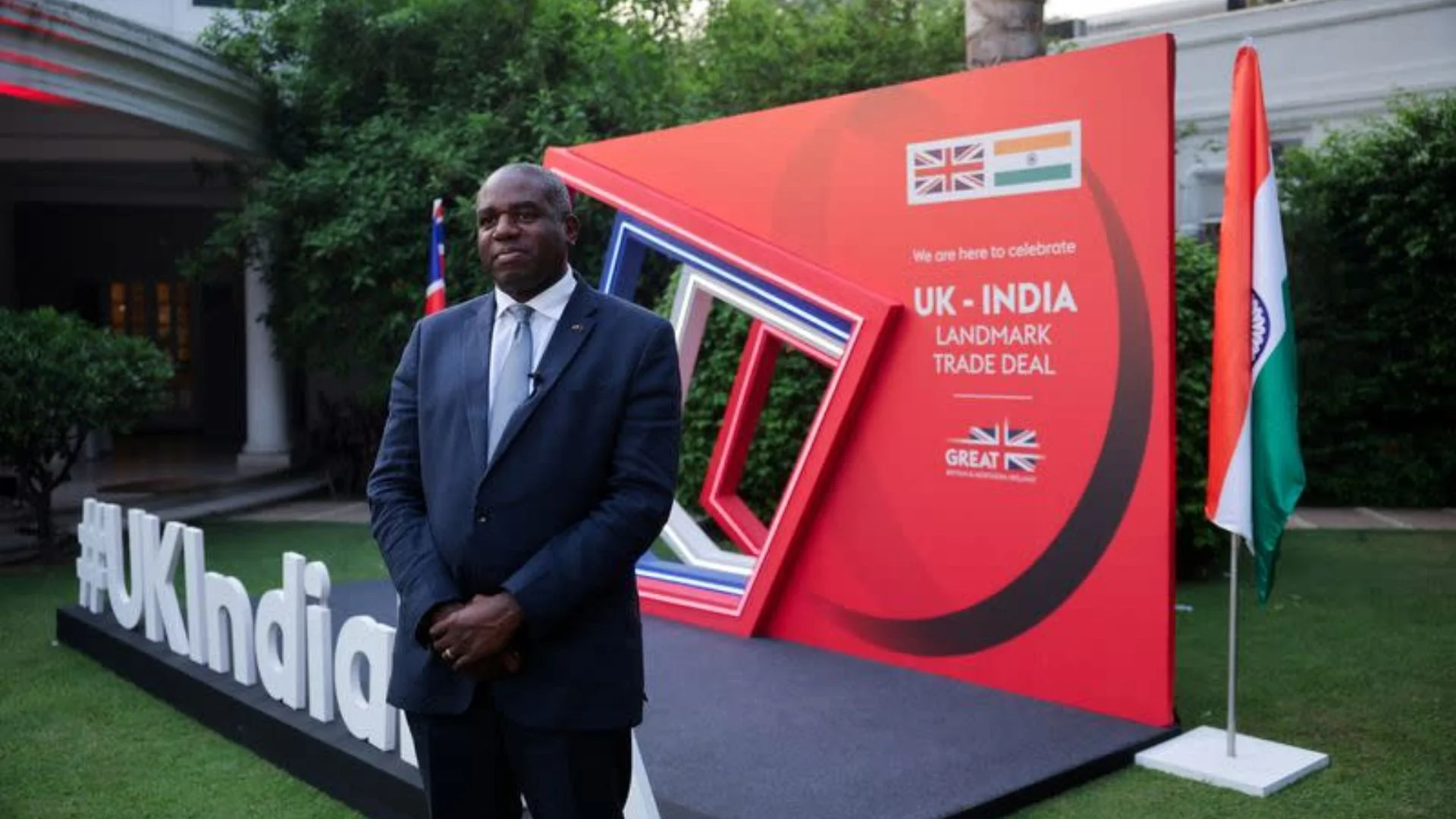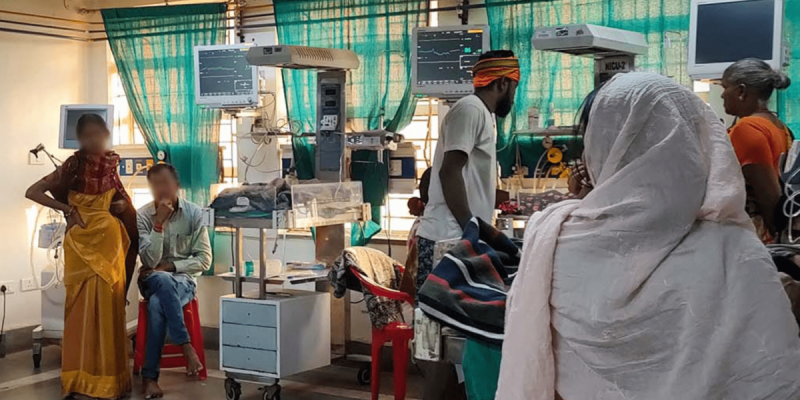- Courses
- GS Full Course 1 Year
- GS Full Course 2 Year
- GS Full Course 3 Year
- GS Full Course Till Selection
- MEP (Mains Enrichment Programme) Data, Facts
- Essay Target – 150+ Marks
- Online Program
- GS Recorded Course
- NCERT- First Ladder
- Polity
- Geography
- Economy
- Ancient, Medieval and Art & Culture AMAC
- Modern India, Post Independence & World History
- Environment
- Governance
- Science & Technology
- International Relations and Internal Security
- Disaster Management
- Ethics
- Current Affairs
- Indian Society and Social Issue
- CSAT
- 5 LAYERED ARJUNA Mentorship
- Public Administration Optional
- ABOUT US
- OUR TOPPERS
- TEST SERIES
- FREE STUDY MATERIAL
- VIDEOS
- CONTACT US
India’s EV Mission: Progress Delayed, Not Denied
India’s EV Mission: Progress Delayed, Not Denied
Global Evolution of EVs:
- Early Innovations in the 19th century: Early prototypes of EVs emerged in the US and Europe and gained popularity in urban areas.
- Declining Phase from early to mid-20th century: The mass production of Internal Combustion Engine Vehicles made them more affordable and led to a decline in EV popularity.
- Reawakening (1970s-1990s): The Oil Crisis (1973 and 1979) sparked renewed interest in alternative fuel vehicles. In 1990, California introduced the zero-emission vehicle mandate, and in 1997, Japan introduced the first mass-produced hybrid EV.
- Global Mainstreaming:
- Global mainstreaming of EVs began in the 2000s with innovations like Tesla’s Roadster and Nissan Leaf.
- Government incentives and climate goals boosted adoption.
- By 2023, EVs made up 18% of global sales, with China leading in production, sales, and infrastructure.
Leading countries in EV Sales:
|
Total Sales = 17 million units |
|
|
Country |
Percentage Share |
|
China |
66% |
|
Europe |
19% |
|
USA |
9% |
|
Rest of the World |
6% |
India’s EV Policy Evolution
- India’s EV Journey begins – Approximately 5 years behind the global trend as:
- It focused first on affordable conventional vehicles for the masses.
- It lacked local battery and motor technology.
- It faced unclear government policies regarding which clean technology to promote.
- It had poor charging infrastructure that limited consumer and industry readiness.
- 2015-2019: FAME I - Faster Adoption and Manufacturing of (Hybrid &) Electric Vehicles - ₹895 crore allocated. Focused on demand creation and pilot projects.
- 2019 onwards: FAME II (Updated version of FAME I) - Budget: ₹10,000 crore. Emphasis on demand incentives, charging infrastructure, and localisation.
- March 2024: Scheme to Promote Manufacturing of Electric Passenger Cars in India (SPMECI) - A parallel scheme with FAME II, it allows for a maximum import of 8,000 CBUs annually for each manufacturer for five years.
- June 2025: India’s New EV Policy - Offers 15% concessional import duty on completely built-up (CBU) EVs, provided:
- Companies invest at least ₹4,150 crore over 3 years
- They achieve 25% Domestic Value Addition (DVA) in 3 years, and reach 50% DVA within 5 years.
Concessional Import Duty:
Domestic Value added:
|
||||||||||||
Types of Electric Vehicles:
|
|
Challenges for India: |
Way Forward: |
|
No Technology Transfer Clause: Unlike China’s mandatory tech-sharing via joint ventures, India’s policy lacks mechanisms to ensure domestic firms gain foreign technology. |
Mandate technology transfer in EV-related foreign investment policies: Ensure foreign companies investing in India share EV-related technologies, helping Indian firms build local capabilities. |
|
Low Battery Technology Capability: India does not control the full battery value chain (mining, processing, assembly), risking Indian firms being limited to vehicle assembly without capturing value. |
Promote battery value chain development – from raw material sourcing to battery cell manufacturing: Develop the entire battery ecosystem domestically to reduce import dependence and cut EV costs. |
|
Repurposing ICE Component Makers: Manufacturers of petrol/diesel vehicle parts face job risks and need strong support to transition their production to EV components. |
Integrate software and hardware innovation (India's strength in IT + auto sector): Leverage India's IT expertise to develop smart, connected EVs that integrate both digital and mechanical systems. Also, strengthen public EV charging infrastructure. |
|
Weak Global EV Market Position: India’s EV sales and market share remain minimal compared to global leaders like China, Europe, and the USA. |
Expand FAME scheme benefits to R&D and innovation, not just demand creation: Broaden the FAME scheme to support innovation and domestic development of EV technologies, not just consumer subsidies. |
Ensure IAS Mains Question:Q. India’s new EV import policy aims to attract global players, but the absence of a technology transfer framework and weak battery ecosystem may limit long-term gains. Critically analyse India’s EV strategy in comparison with global approaches. (150 words) |
Ensure IAS Prelims Question:Q. Consider the following about India’s EV policy:
Which of the above statements is/are true in the context of India’s EV mission?
Answer: d Explanation: Statement 1 is correct: Linking concessional import duty with required investment and localisation encourages companies to manufacture EV components domestically. This boosts India’s manufacturing ecosystem, reduces import dependence, and helps build long-term industrial capacity rather than just importing finished vehicles. Statement 2 is correct: Limiting imports of fully built EVs protects domestic manufacturers from being overwhelmed by foreign imports. It gives local firms time and space to develop production capabilities, scale operations, and compete effectively in the growing EV market. Statement 3 is correct: Mandating technology transfer ensures that foreign companies share advanced EV technology with Indian firms. This helps build domestic expertise, promote innovation, and enables India to move beyond assembly to become a technology leader in electric vehicles. |
India’s EV Mission: Progress Delayed, Not Denied


